2006 Yamaha R1 review
Yamaha jumps the gun and launches the 2006 R1 before the competition. Over-confidence, or are the small changes enough to make a big difference?

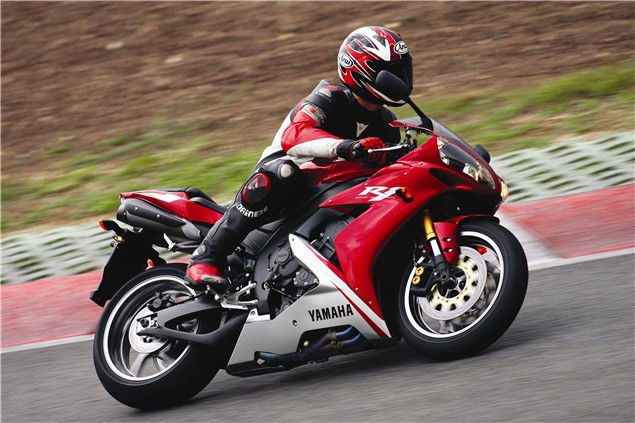
I came flying into the Catalunya circuit's stadium section, sliced through the final four right handers with Yamaha's exotic new 2006 R1 feeling as sharp as a Barcelona butcher's knife, and held the throttle wide open as the bike accelerated over the finish line at a breathtaking rate. It was my best lap of the day, no question.
Nobody noticed, of course. The huge grandstands were completely empty on this dull midweek morning, and the photographer who'd been on one of the bends had moved (not that he'd have been remotely impressed, being more used to shooting Rossi and co). I'd even forgotten to flick the starter button as I went over the line on the previous lap, so couldn't use the R1's stopwatch facility to get my lap time.
Yamaha's R1 has been massively popular following its revamp two years ago. In fact so popular that 50,000 have been sold worldwide, more than half of them in Europe. Even so, the standard R1 has itself been revised for 2006, though the only significant changes to the 998cc, 20-valve motor are shorter intake valve guides and smoother ports, to boost intake air flow. That gives an extra 3bhp that raises claimed max power to 175bhp at an unchanged 12,500rpm. The motor also has a new camchain tensioner, a 5mm longer main gear axle and the clutch is modified to improve oil circulation.
Yamaha's Superbike racing feedback inspired the main change to the standard R1's chassis, which was to fine-tune rigidity - and not simply to increase it. In fact the cast aluminium frame is slightly thinner between the steering head and front engine mounts, as the resultant reduction in rigidity is claimed to give quicker turn-in and better front-end feedback.
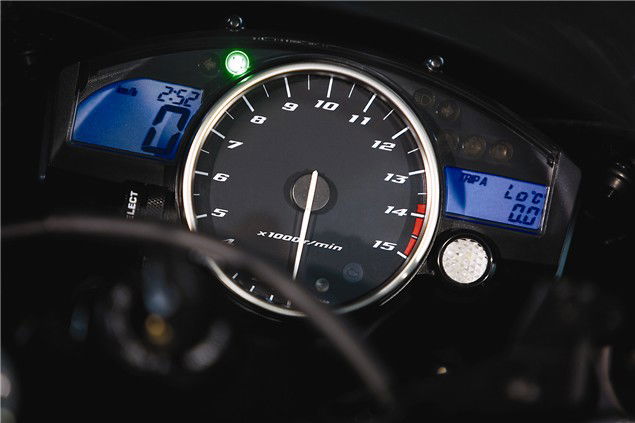
There is a bit of beefing-up, though. The bottom triple clamp is thicker, the engine mounts are strengthened and the 43mm upside-down forks have slightly redesigned sliders for extra stiffness. At the blunt end the swingarm, whose traction-increasing length has been an R1 feature ever since the first model eight years ago, is now a further 16mm longer, increasing wheelbase to a longest-yet figure of 1415mm.
Howling down the Catalunya circuit's start/finish straight a few laps later, with the digital speedo indicating 165mph and rising as I glanced down just before the 400m board, certainly got the adrenaline flowing. Especially so as I knew that the two remaining slightly damp bends were the upcoming chicane and the following long, long right-hander, which had a couple of slippery looking patches right on the normal racing line at its exit.
Such is the handling prowess of any top modern supersports bike, including the old R1, that any chassis improvement is going to be difficult to appreciate, at least until you fit slicks and start cutting competitive lap times. (Yamaha's World Superbike teams will perhaps be the ones who appreciate the new model most of all.) How much the new, less rigid frame helped the Yam's handling poise is open to debate; same for the longer swingarm's contribution to the way it hammered out of turns with a welcome willingness to find grip and charge forward, rather than wheelie and shake its head.
The fuel-injection set-up is unchanged apart from minor tweaks to suit the new intakes, so I wasn't surprised that throttle response was as sweet as the previous model's. The huge amount of midrange torque made riding relatively easy even with the track streaming wet. The power came in slightly abruptly as I wound it on in one nasty slippery looking slow, downhill left-hander, but generally the Yam was impressively docile for such a powerful bike.
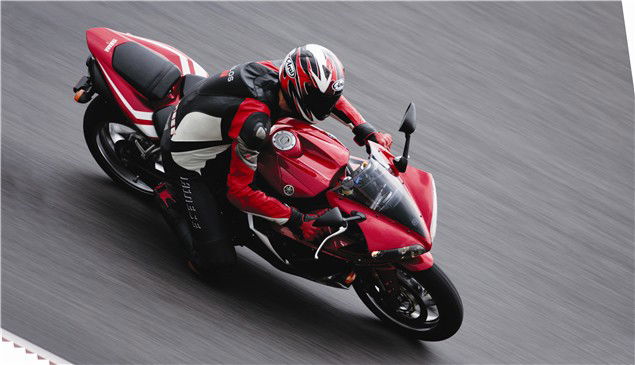
After the SP's aristocratic air (see panel, right) the standard R1 could have been forgiven for feeling slightly ordinary. Not a chance. Although I got only a handful of laps before the rain started coming down again, the mildly tweaked four did enough to show why its predecessor has been so popular over the last two years. Like the SP it screamed down the Catalunya straight at staggering speed, revving so quickly that I could barely change gear fast enough to keep up with the rev-warning light flickering on the neat digital dashboard.
How this rejigged R1 will fare against Suzuki's GSX-R1000 and the rest remains to be seen, but its extra few horses and probable slight improvement in agility (I'd have to ride old and new back-to-back on a dry track to be sure) could tip the balance in its favour. Shame the standard model doesn't get the ride-height adjuster, though at least it does share the SP's lap-timer. And that King Kenny replica/50th Anniversary yellow colour scheme has got to be worth a second a lap, at least in the pub.
Whatever its colour, the new R1 (which will cost no more than £9400) looks like giving a small but potentially worthwhile improvement over the current model. And the R1SP is a more significant step forward, not just in pure performance terms but in the way it brings the Sport Production concept to big-bore Japanese streetbikes. At between 13 and 14 grand, the SP will be expensive when it arrives in small numbers early next year. But for racers, track day fans or just those who simply want the ultimate R1, it makes perfect sense.
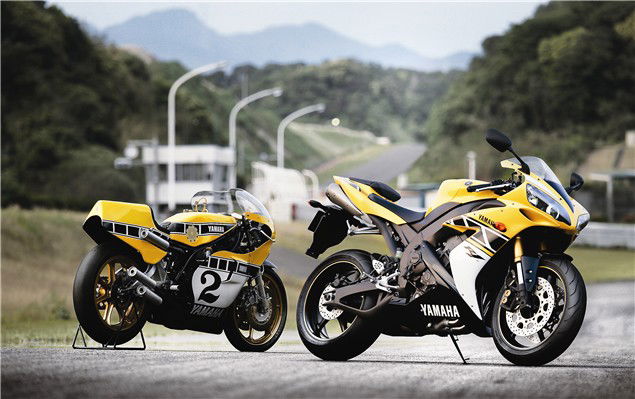
R1SP - THE DARK SIDE
Looking at the R1SP you can't help but hope this will be the start of some very special things. Just think of the last time the Japanese got all excited about WSB. Remember the R7, RC30 and RC45?
The standard bike is as good a place as any to start, and the SP's motor, which gains a slipper clutch and gold-coloured silencers, is otherwise the same. The chassis gets Marchesini wheels, 43mm …hlins forks and an …hlins shock with hydraulic preload adjustment and a ride height adjuster built into its linkage.Through the left-right chicane the lightweight wheels and quality suspension helped the bike flick effortlessly from side to side and on the circuit it floated over track ripples and bumps with that sweet, ultra-controllable feel that only comes with seriously high-quality suspension.
The SP does have a feeling of quality about it. Inevitably the forks needed a couple of clicks of fine-tuning before they'd be perfectly set-up. The spots of rain on my visor meant there was no chance of that, as I didn't get another dry spin on the SP. Although the limited edition SP will be sold in the UK, Yamaha reckon that only about 80 will be available, most of which will be snapped up by superstock racers.
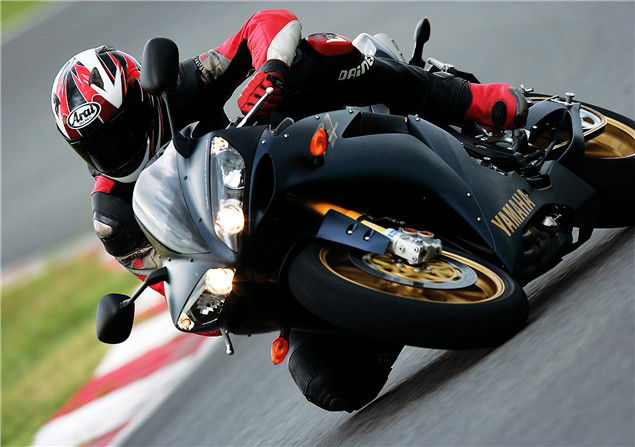
Should you buy a 2006 R1?
The 2006 Yamaha R1 isn't a massive step forward, but it didn't need to be. The SP version will excite racers and the wealthy, but the standard bike should be enough for most of us.

